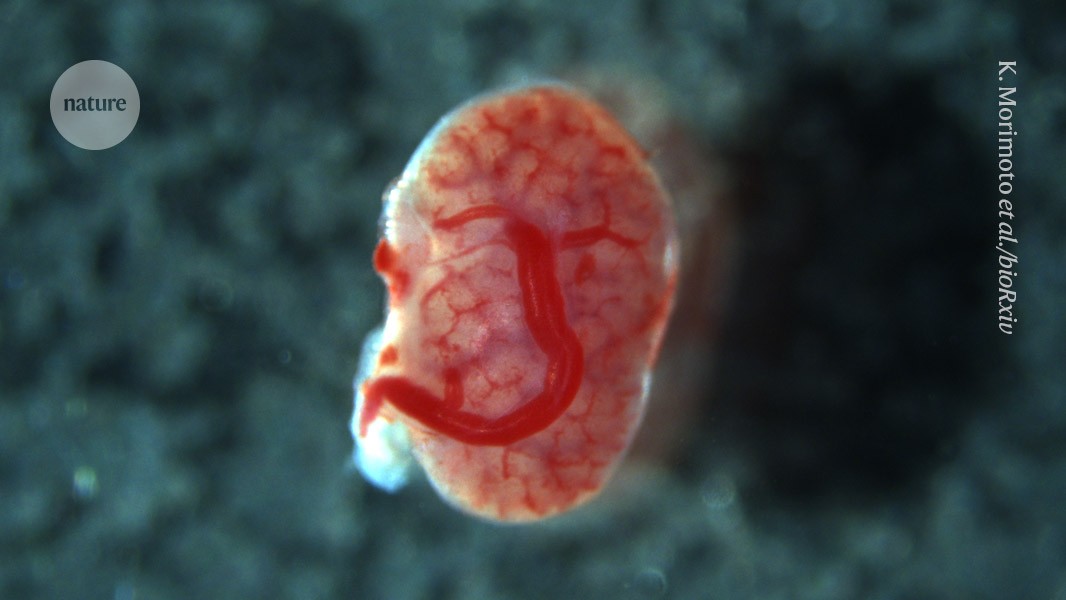"Scientists use magnetic nanotech to safely rewarm frozen tissues for transplant"
"Recently, Yadong Yin and a team developed magnetic nanoparticles -- effectively extremely tiny bar magnets -- that, when exposed to alternating magnetic fields, generated heat. And that heat rapidly thawed animal tissues stored at -238 degrees Fahrenheit (-150 degrees Celsius) in a solution of the nanoparticles and a cryoprotective agent."
"The researchers worried, however, that uneven distribution of the nanoparticles within the tissues might trigger overheating where the particles congregated, which could lead to tissue damage and toxicity from the cryoprotective agent at elevated temperatures."
To reduce risk of uneven warming, the researchers developed "a two-stage approach that more finely controls nanowarming rates."
"In the first stage of thawing, as before, an alternating magnetic field initiated rapid rewarming of animal tissues."
"As the samples approached the melting temperature of the cryoprotective agent, the researchers applied a horizontal static magnetic field."
"The second field realigned the nanoparticles, effectively tapping the brakes on heat production."
"The heating slowed fastest in areas with more nanoparticles, which dampened concerns about problematic hotspots."
The research paper is paywalled so I'm just giving you quotes from the popular news article.
Scientists use magnetic nanotech to safely rewarm frozen tissues for transplant

